Town planning: from the slums of Mumbai to Geneva
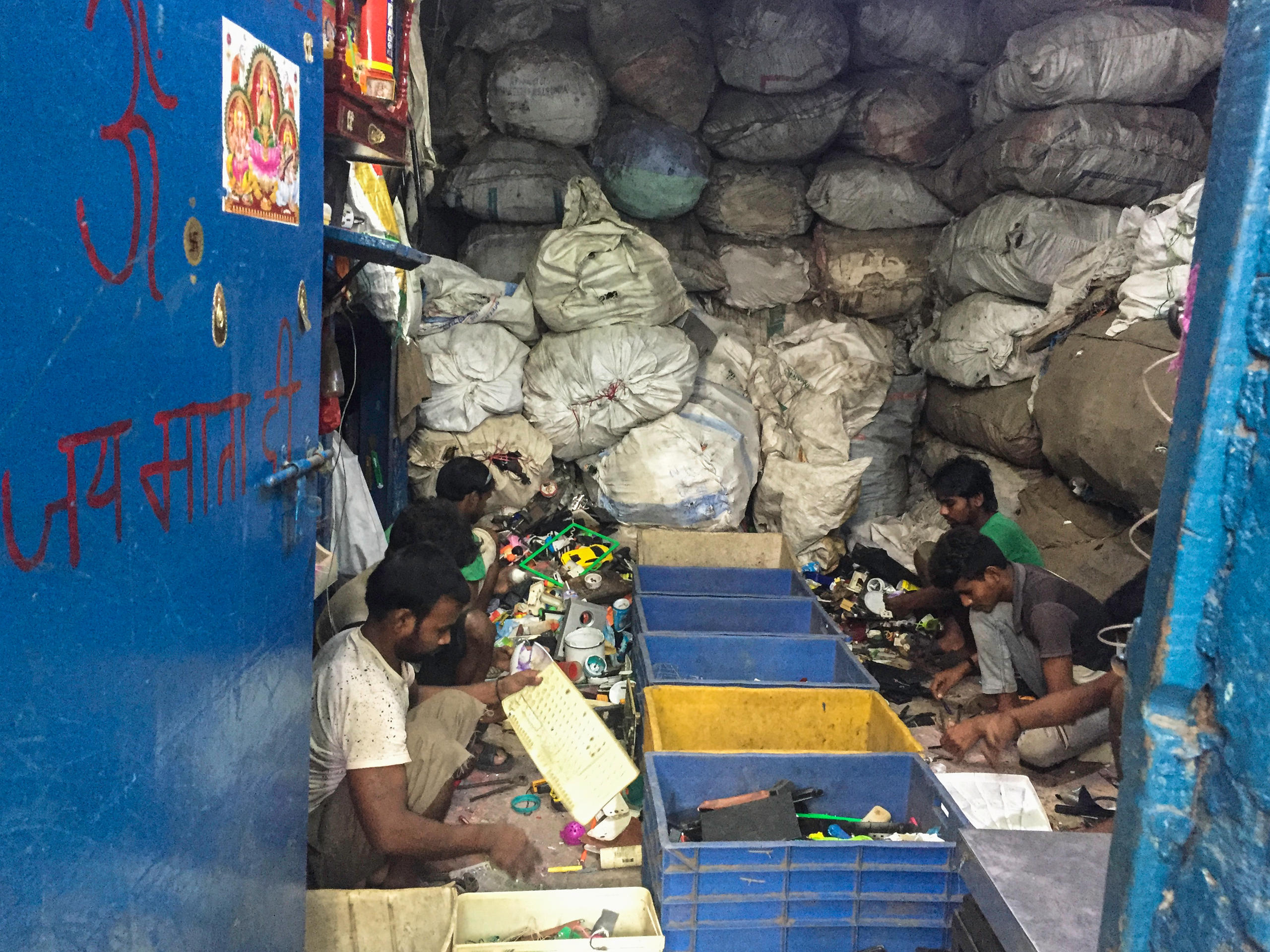
Thanks to an architect from Geneva, the lessons from participatory urban planning in densely packed Mumbai are now proving valuable in Switzerland.
Matias Echanove, a Geneva native, is a nomadic urban planner with a singular career path. His studies took him to London, New York and Tokyo, before he settled down in Mumbai in 2008. The Japanese stint was particularly decisive for the development of the 43-year-old’s urbanism philosophy.
“It was the gradual development of Tokyo after the Second World War that attracted me in the first place. The housing was built by residents without government financial assistance. They aimed for craftsmanship. Little by little, house by house, neighbourhoods sprang up,” he tells SWI swissinfo.ch.
“It wasn’t top-down urban planning, but planning for the immediate needs of the population and in a context of scarce space.”
Mixed use – living and working in the same place – is still seen today in Tokyo. Urban planning that includes the needs of inhabitants and the use of local know-how is the model that Echanove supports above all. “I regret the simplistic and dominant vision of destroying everything in order to build apartment blocks or towers for speculative purposes,” he says.
A slum for the big screen
At first glance the link between the megacities of Tokyo and Mumbai is not clear. But India’s economic capital shares similar characteristics, especially in the Dharavi district, where houses that also serve as places of work have sprouted like mushrooms.
Stretching over nearly 3km2, Dharavi was made famous by the film Slumdog Millionaire. But despite the on-screen fame the place remains an enigma. With no real boundaries, no one knows exactly what its population is – depending on sources, it varies between 350,000 and one million inhabitants.
“We calculated that the density here is 100 times higher than in Lausanne [a Swiss city on Lake Geneva],” says Echanove.
In addition to its density, it was the complexity and intensity of the Dharavi district – originally a simple fishing village – that prompted him to undertake research comparing it to Tokyo. A chance meeting with Indian anthropologist Rahul Srivastava was a key step in developing this understanding.
“He helped me understand how Dharavi works, its complexity, its cosmopolitan character and the challenges facing the inhabitants,” says Echanove.
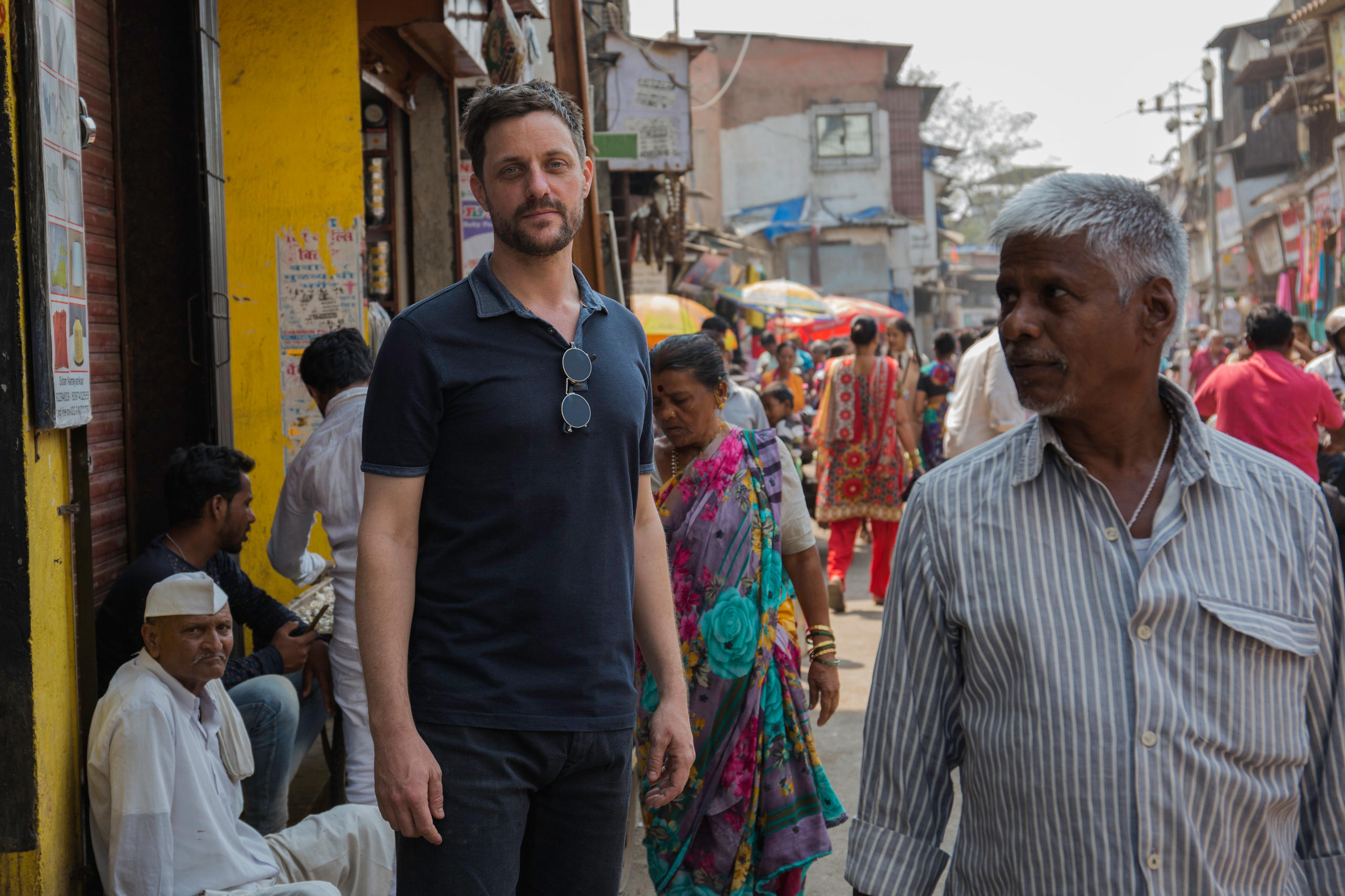
This meeting of minds led to the creation of Urbz in 2008: a collective of about twenty people with branches in Mumbai, Geneva, Bogota, Sao Paulo and Seoul. Urbz brings together town planners, architects, anthropologists and social workers.
“We always work in an experimental mode, we take advantage of all the skills and try as much as possible to spur the teams to get to know each other and interact,” says Echanove.
Today, the Swiss planner does not consider Dharavi to be a slum.
“It’s not a neighbourhood made up of tin roofs and shanties, it’s not a slum, it’s not poor, it’s not depressed. It’s very dynamic, in constant upheaval,” he says.
Much of Mumbai’s rubbish is recycled in the area. Next door to the Urbz collective, for example, there is a leather industry that exports its products all across the world.
But for Echanove, Dharavi is stuck because it is legally considered a slum. It’s therefore illegal to have sanitation and running water in the houses. Residents have to fetch it from communal water taps with buckets and use public toilets. Despite the restrictions, Urbz has rebuilt six houses in the district with the help of local craftsmen. Four are still under construction.
Mockups that cost as much as a house
While the pandemic has slowed some projects, they have not been fully abandoned. In 2016, Urbz had asked small building contractors in and around Dharavi to make a model or mockup of the best possible workshop/house for the area. The best designs were built by local craftsmen.
Five such models were exhibited at the MAXXI Museum in Rome. After a world tour, three of them were recently acquired by the M+ Museum in Hong Kong conceived by world-renowned Swiss architecture firm Herzog & de Meuron.
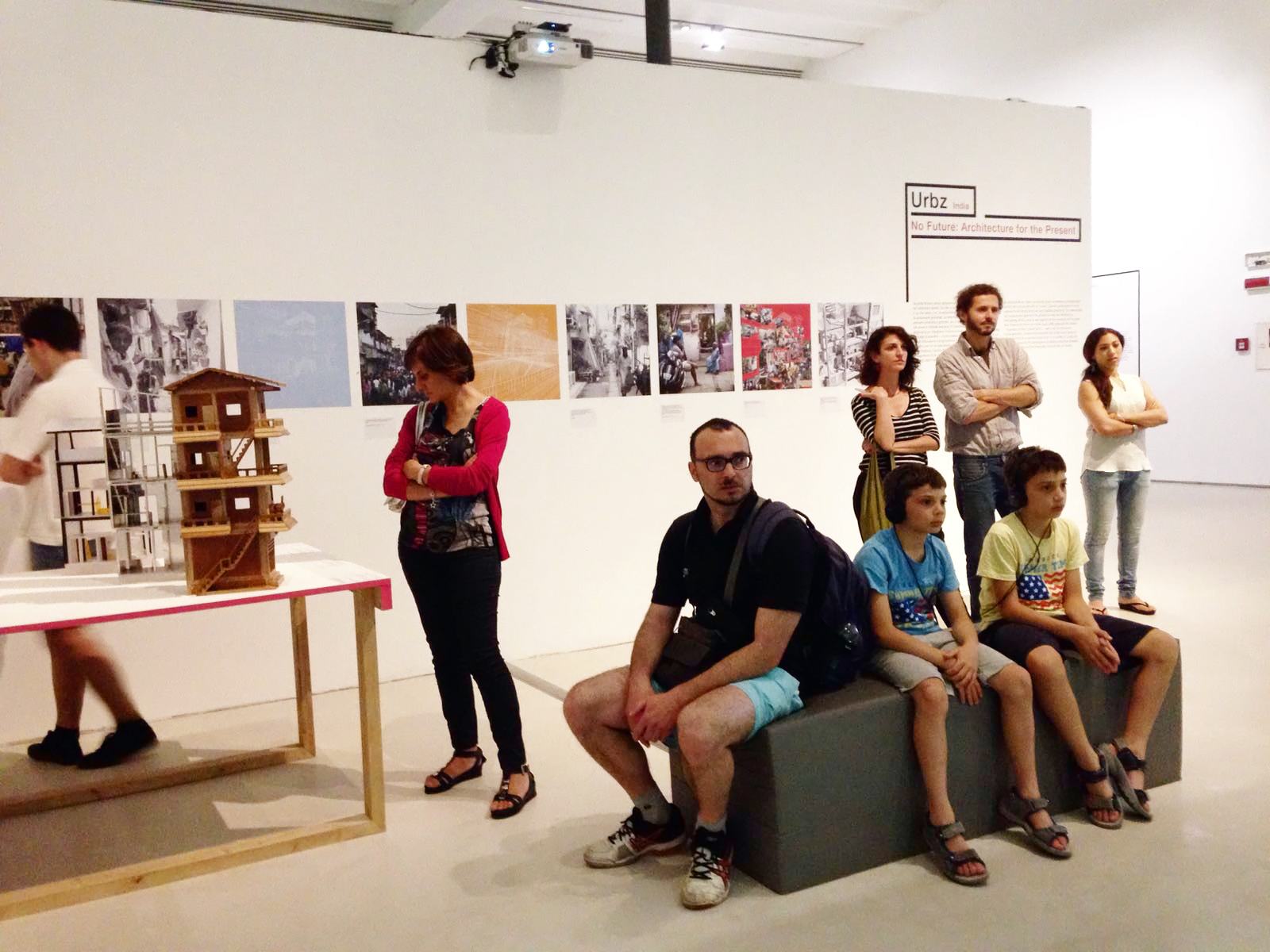
This project was followed by another on a larger scale, called Homegrown Street. Urbz asked residents of a street in Dharavi to imagine how they wanted it to look in seven years. Three houses were built in model form by local craftsmen and were recently exhibited in Lille, the world’s design capital for 2020. The project had to be stopped due to the pandemic, but the goal remains to complete the models of the remaining 13 houses.
“We want to gain recognition for a form of incremental and participatory urbanisation in India, which is in fact universal, but considered illegitimate,” says Echanove.
In the end, his team realised that they were able to sell the models to museums at a price equivalent to the cost of modernising a house in Dharavi. So the goal is to financially help the inhabitants of this particular street to transform their houses according to their wishes.
Success in French-speaking Switzerland
This participatory approach has been transposed to Geneva by the entrepreneur since he returned with his family in 2019. He has made frequent trips back and forth between Switzerland and India since opening a branch of Urbz in Geneva in 2016.
The timing was perfect. Urbz benefited from a change in the law in Geneva, where, since 2015, residents have to be consulted on local urban planning initiatives. Political will in neighbouring canton Vaud also helped them to win projects.
“There were very few professionals in this field and the application of consultation methods developed in India was very quickly implemented in French-speaking Switzerland,” says Echanove.
In the context of the development of the Place de la Riponne in the city of Lausanne, Urbz was entrusted with the public consultation component that fed into the international competition of ideas. Three out of 36 projects were awarded prizes. It’s the first time in Switzerland that a mixed jury, made up of experts and citizens, has been formed for a project of this scale. In the near future, transitional constructions representing the prize-winning projects will be tested on an even larger scale with the population.
In Geneva, meanwhile, the authorities mandated Urbz to assist them with planning a part of the Praille Acacias Vernets urban housing development project. The zone combines housing, culture and economic activities over a surface area of 60,000m2.
“We identified a need for residences for artists, as well as mixed housing, that is, spaces where people both live and work,” says Echanove.
Translated from French by Anand Chandrasekhar, swissinfo.ch

In compliance with the JTI standards
More: SWI swissinfo.ch certified by the Journalism Trust Initiative
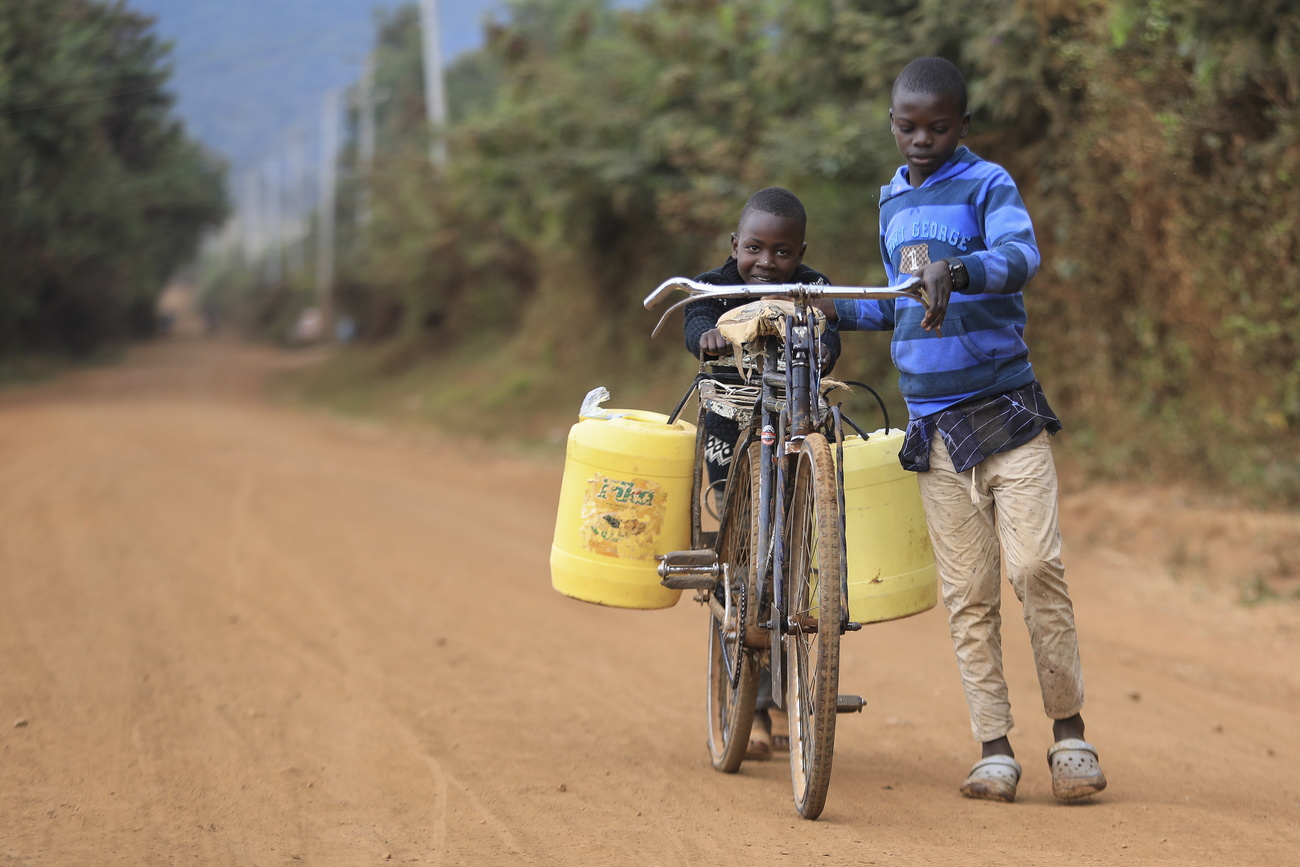
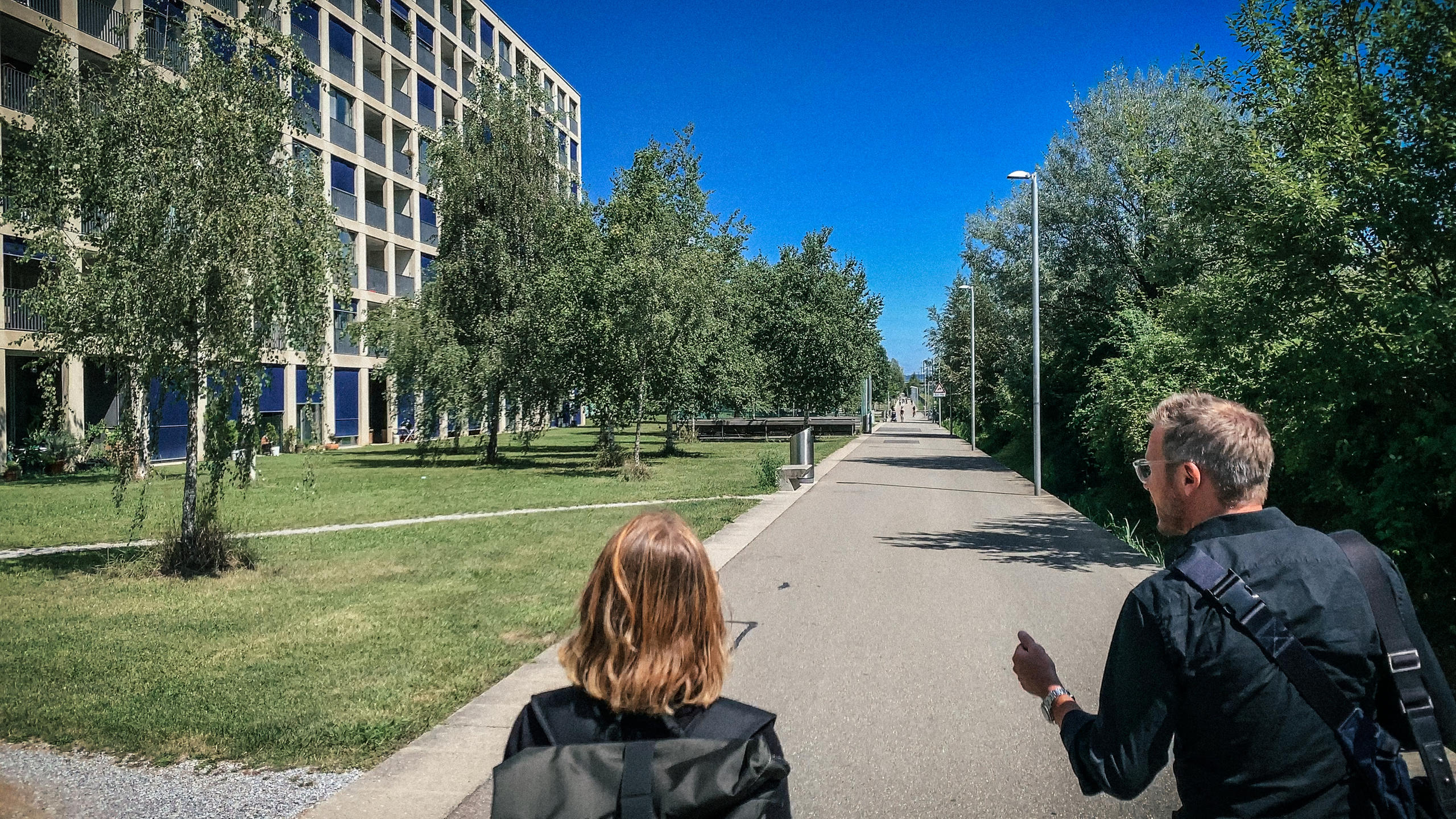
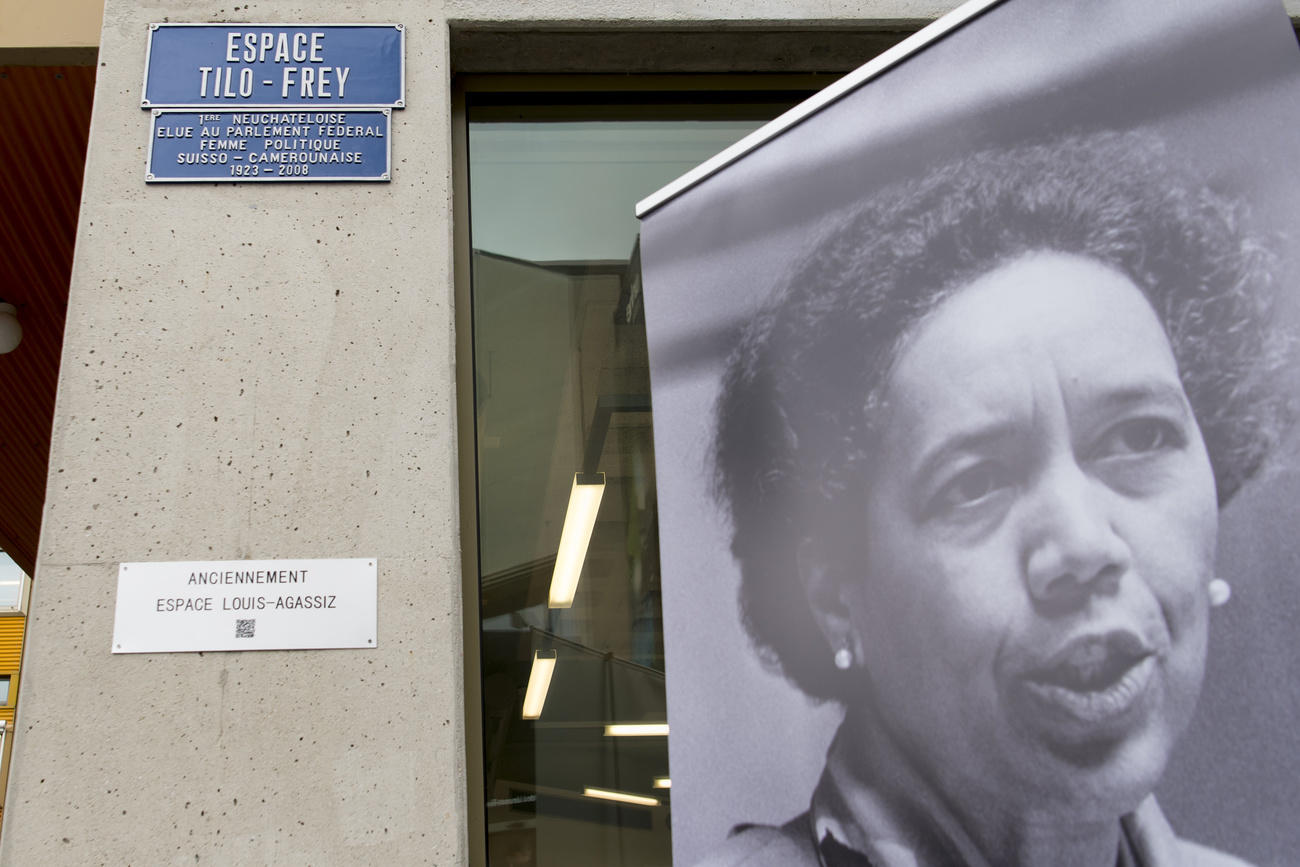
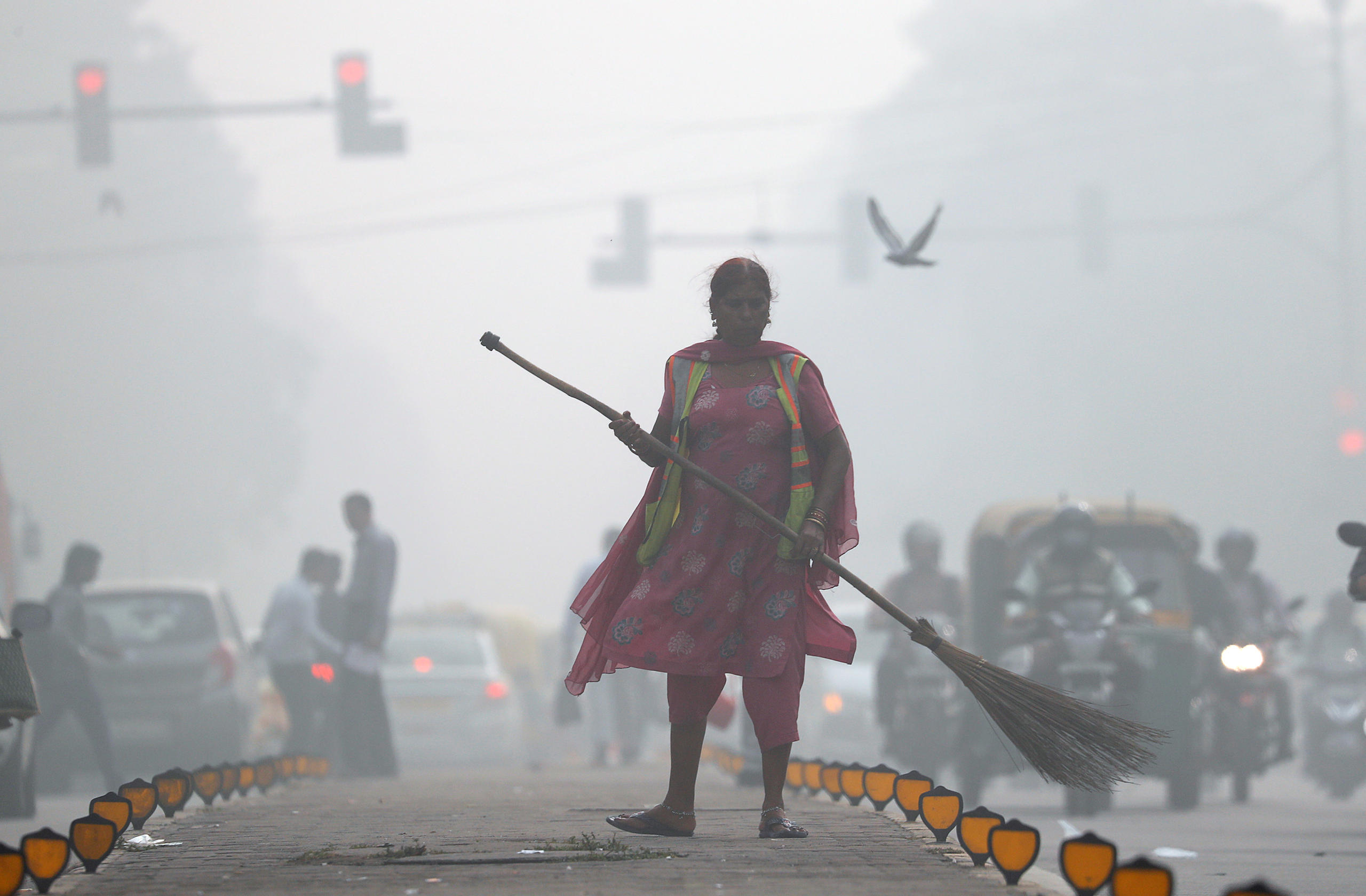
Join the conversation!